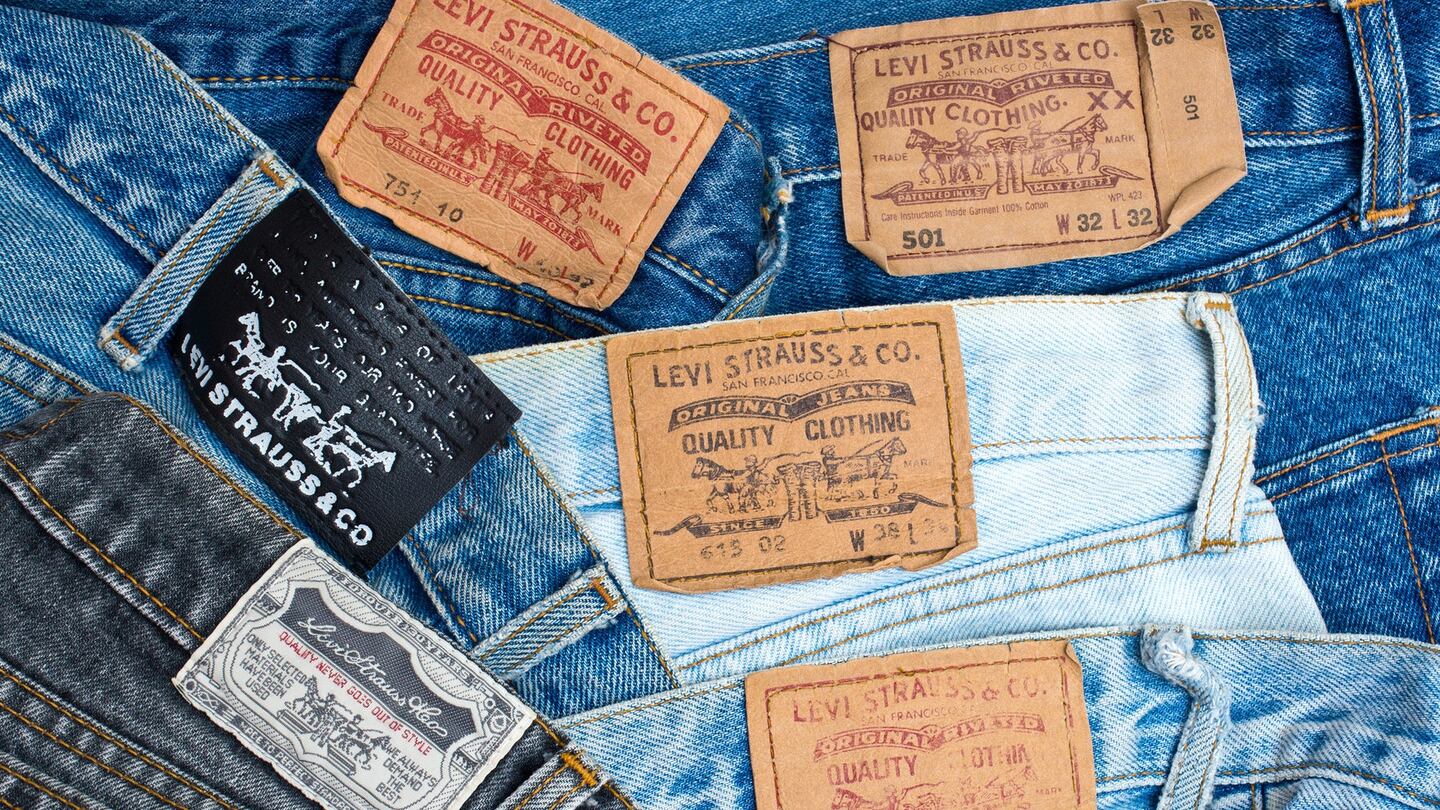
The Business of Fashion
Agenda-setting intelligence, analysis and advice for the global fashion community.

Agenda-setting intelligence, analysis and advice for the global fashion community.

NEW YORK, United States — Levi Strauss & Co. filed for an initial public offering on the New York Stock Exchange Tuesday, looking to capitalise on a resurgence in the denim market that — along with some help from Off-White and Beyoncé — has sent the 166-year-old jeans brand's sales soaring.
The company is listing amid signs that denim, which struggled for consumers’ attention during the athleisure boom, is making a comeback. The denim market grew 4 percent last year, swelling to a total retail value of over $100 billion, according to Euromonitor.
Under chief executive Charles “Chip” Bergh, Levi’s has seen 11 consecutive quarters of growth in the US. Last year, the company reported a 14 percent increase in revenue, to $5.6 billion, and $283 million in net income. Outstanding debt fell to $1.05 billion, from $1.97 billion in 2011.
Analysts say Levi’s price point has contributed to its success, with a typical pair costing more than mass-market rivals (a pair of 501s cost $98), but still seen as relatively affordable. Collaborations with the likes of Off-White and Re/Done have helped elevate the brand’s profile with the fashion crowd.
ADVERTISEMENT
Under the ticker LEVI, the company listed a placeholder IPO size of $100 million, but CNBC reported late last year that it’s expected to raise between $600 million and $800 million. Its 12 underwriters include Goldman Sachs, Bank of America Merrill Lynch, J.P. Morgan, Morgan Stanley and Citigroup.
Tuesday marks the second time Levi’s has filed for initial public offering; the company went public in 1971 until 1985, when the Strauss family took it private again. Growth stagnated in the 2000s due to competition from fast fashion and athleisure. But Levi’s was able to regain momentum under Bergh, who hired Karyn Hillman in 2013 as the brand’s new chief product officer to modernise the design of women’s products, including non-denim apparel.
Levi's plans to continue investing in both its own stores and its wholesale network. Levi's operates 824 standalone stores, including 74 opened last year, but still derives about two-thirds of its revenue from more than 50,000 locations operated by third parties in 110 countries (including sister brands Dockers and Denizen). Levi's plans to expand its wholesale relationships with a focus on premium retailers like Nordstrom and Bloomingdale's, along with Amazon, the filing said.
“I want to have as much control of the brand as possible on these platforms [e-commerce sites such as Amazon],” Bergh told BoF in 2018. “You can't disregard the fact that most of these platforms run a third-party marketplace, so, whether you like it or not, they're probably going to have a third-party marketplace for your brand.”
Levi’s also aims to boost sales in emerging markets such as China, India and Brazil. China for instance represented 3 percent of Levi’s net revenues in 2018 but constituted 20 percent of the global apparel market.
In November, Levi's opened a new flagship store in Times Square that's twice as a big as its previous location, spanning 17,000 square feet and featuring a customisation bar with four on-site tailors and t-shirt printing capabilities. Levi's currently operates dozens of tailor shops in its retail locations that allow customers to add patches, pins and chain-stitch embroidery. The company is also experimenting with laser customisation in a process that allows shoppers to customise and personalise a unique distressed finish on their jeans.

Inside the Levi's Times Square store | Source: Courtesy
Doubling down on customisation has allowed Levi’s to better appeal to younger consumers, chief marketing officer Jen Sey told BoF last year.
ADVERTISEMENT
In addition to investing in retail, the company has also increased its marketing budget over the last couple years, installing customisation pop-ups at music festivals such as Coachella in California and Glastonbury in England. Beyoncé wore a pair of Levi’s cutoff shorts during her 2018 Coachella performance, which broke the record for most viewed live music festival on YouTube.
Levi's is hardly the only player looking to take advantage of denim's resurgence. VF Corp. announced last year that it would be spinning off its Lee and Wrangler brands to create a separate denim entity. A number of brands ranging from Gap to Abercrombie & Fitch are also noting robust sales for their denim lines.
But the company believes it’s uniquely primed for growth given its brand recognition.
“There are going to be brands that aren't going to make it. You can probably run down the list almost as easily as I can,” Bergh said last year. “I think [only the] strong brands are going to survive and that's why I keep coming back to the strength of the Levi's brand as one of the biggest assets we have. I'm really focused on how do we make it even stronger.”
Related Articles:
[ Chip Bergh on Steering Levi's Through the Uncertainties of 2017Opens in new window ]
In 2020, like many companies, the $50 billion yoga apparel brand created a new department to improve internal diversity and inclusion, and to create a more equitable playing field for minorities. In interviews with BoF, 14 current and former employees said things only got worse.
For fashion’s private market investors, deal-making may provide less-than-ideal returns and raise questions about the long-term value creation opportunities across parts of the fashion industry, reports The State of Fashion 2024.
A blockbuster public listing should clear the way for other brands to try their luck. That, plus LVMH results and what else to watch for in the coming week.
L Catterton, the private-equity firm with close ties to LVMH and Bernard Arnault that’s preparing to take Birkenstock public, has become an investment giant in the consumer-goods space, with stakes in companies selling everything from fashion to pet food to tacos.